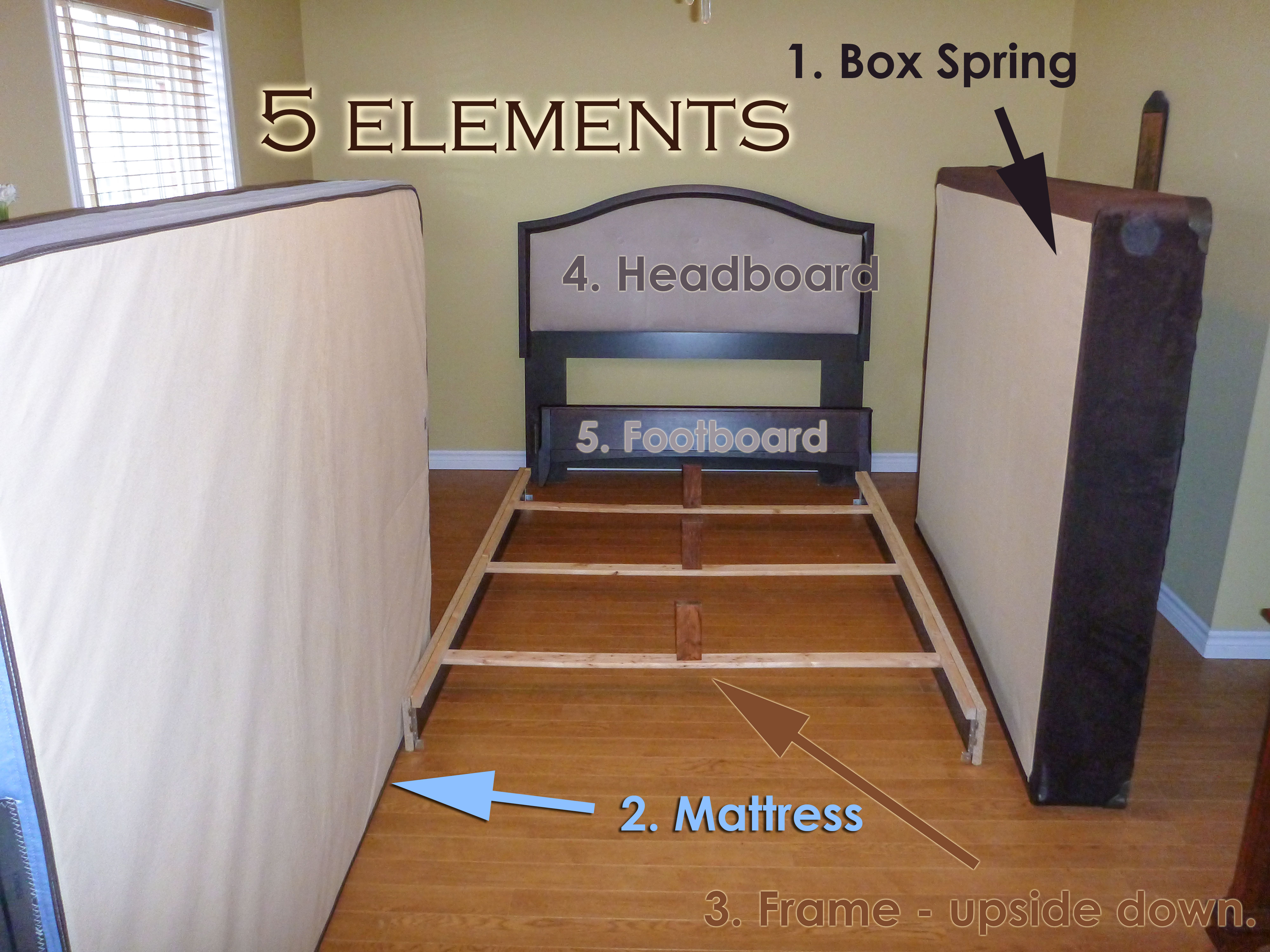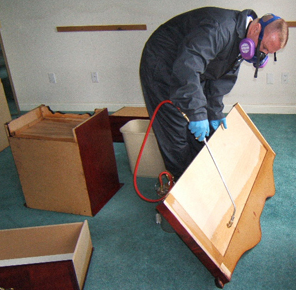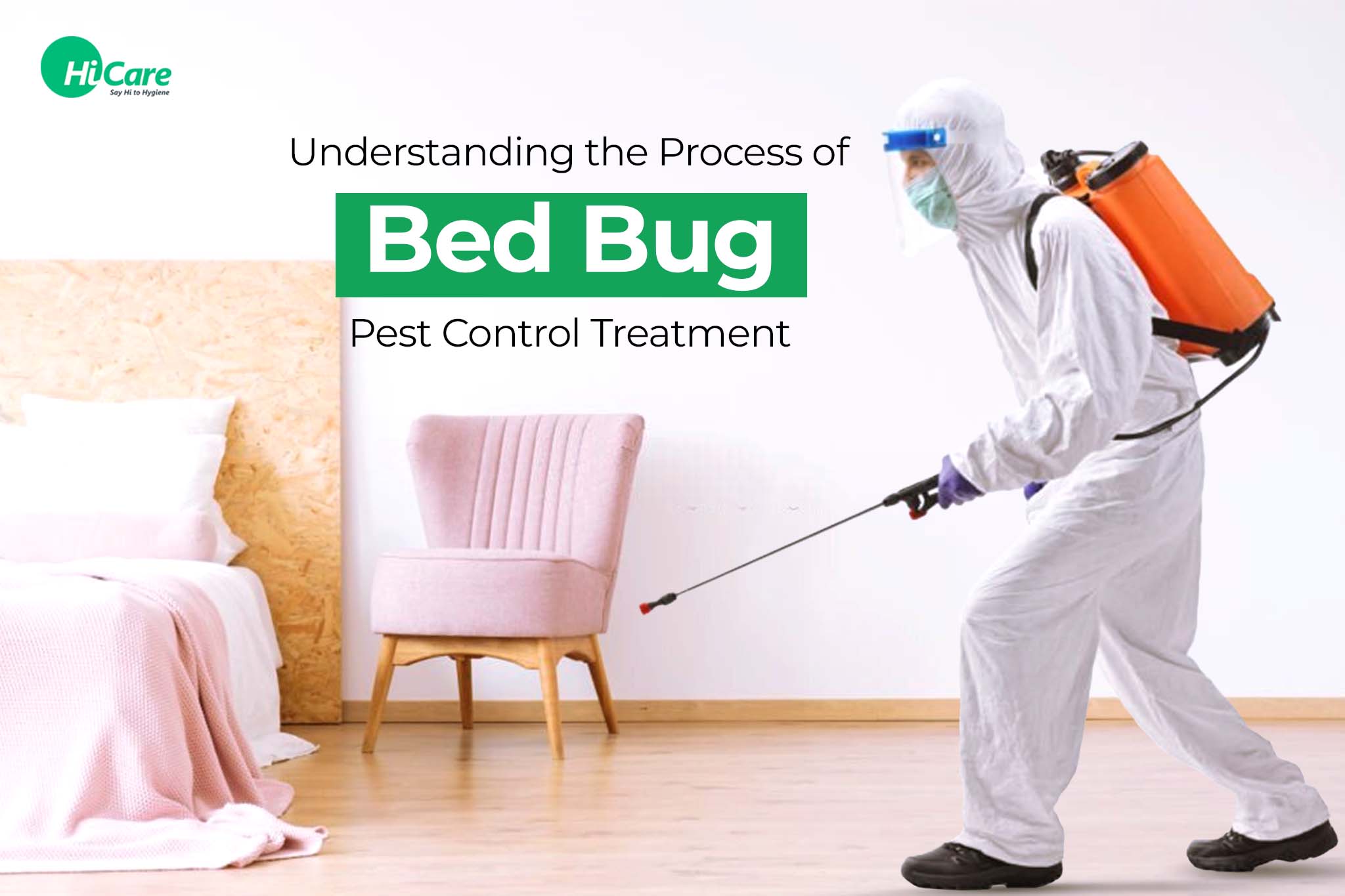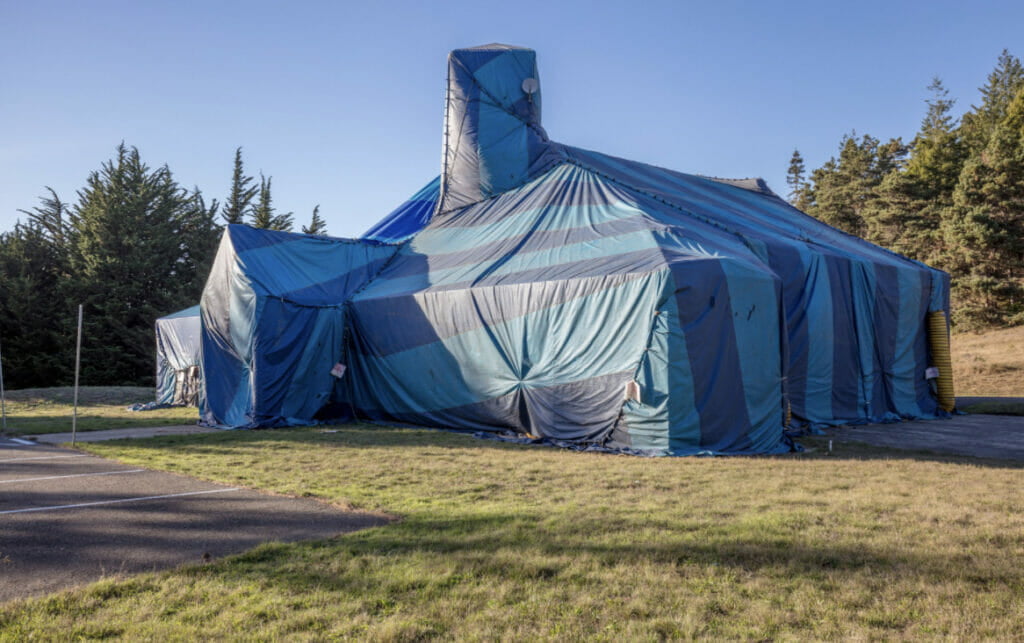To fumigate bed bugs, seal the infested area and hire a professional pest control service. Fumigation effectively eliminates bed bugs by using specialized chemicals in a controlled environment.
When faced with a bed bug infestation, taking prompt action is crucial to prevent further spreading of these pests. Professional fumigation services can provide thorough and effective treatment to eradicate bed bugs from your home or business. Understanding the process and benefits of fumigation can help you make an informed decision to tackle the issue effectively.
Let’s explore the steps involved in fumigating bed bugs and why it is a recommended solution for severe infestations.
Identifying Bed Bug Infestation
Learn how to identify and fumigate bed bug infestations with these effective tips. Safeguard your home by understanding the signs and taking prompt action to eliminate these pesky pests.
Spotting Signs Of Bed Bugs
Confirming Bed Bug Presence
Identifying bed bug infestations is crucial in effectively eradicating them. Spotting signs of bed bugs early can prevent a minor issue from turning into a major problem.Spotting Signs of Bed Bugs– Reddish-brown stains on sheets – Tiny eggshells or shed skins – Musty odor in the room – Visible bed bugsConfirming the presence of bed bugs involves thorough inspection and monitoring.Preparing For Fumigation
Clearing Clutter
Remove unnecessary items cluttering the infested area to allow proper fumigation.
- Clear floors and surfaces of any objects that may impede treatment.
- Keep the area tidy to ensure thorough coverage during fumigation.
Washing Bedding And Clothing
Wash all bedding and clothing in hot water to eradicate bed bugs effectively.
- Strip all bedding and clothing from the infested area.
- Use hot water and high heat settings to kill bed bugs and their eggs.
Choosing The Fumigation Method
When tackling a bed bug infestation, choosing the right fumigation method is crucial. Each fumigation option comes with its own set of considerations, benefits, and potential drawbacks. Understanding the different fumigation options and selecting the appropriate fumigant are essential steps in effectively eradicating bed bugs from your space.
Understanding Different Fumigation Options
Bed bug fumigation offers various options for eliminating these persistent pests. The most common methods include tent fumigation, chamber fumigation, and container fumigation. Tent fumigation involves enclosing an entire structure within a sealed tent to ensure complete coverage and maximum efficacy. Chamber fumigation, on the other hand, is ideal for treating specific rooms or areas within a structure. For localized infestations, container fumigation is a targeted solution.
Selecting The Appropriate Fumigant
Once the fumigation method is determined, the next step is selecting the appropriate fumigant. This critical decision is influenced by factors such as the severity of the infestation, the type of materials and surfaces in the infested area, and any specific environmental considerations. Common fumigants for bed bug eradication include sulfuryl fluoride, methyl bromide, and phospine. Each fumigant has its unique properties and application requirements, so it’s essential to understand their characteristics to make the best choice for your situation.

Credit: www.qpm.ca
Sealing The Infested Area
When it comes to fumigating bed bugs, sealing the infested area is an essential step to ensure the effectiveness of the treatment. By doing so, you can prevent bed bugs from escaping or spreading to other parts of your home. In this article, we will discuss two important aspects of sealing: closing windows and doors, and covering air vents.
Closing Windows And Doors
When fumigating for bed bugs, closing all windows and doors is crucial to create a controlled environment that traps the pests inside. By doing this, you minimize the chances of bed bugs escaping and re-infesting your home. Additionally, it helps to contain the fumigant within the treated area, maximizing its effectiveness against the bed bugs.
Ensure that all windows are tightly shut, locking them if necessary, to prevent any gaps or openings that bed bugs could use as an escape route. Similarly, close and latch all doors leading to the infested area, making sure there are no cracks or spaces where the pests can squeeze through.
Covering Air Vents
Air vents can serve as entry points for bed bugs to travel between rooms, making it important to cover them during the fumigation process. By sealing off the air vents, you prevent the pests from spreading throughout your home and potentially re-infesting treated areas.
To cover the air vents, you can use a sturdy material such as plastic or tape that will effectively block any openings. Ensure a tight seal, leaving no gaps or spaces for bed bugs to enter or exit through. It’s crucial to pay extra attention to vents located in or near the infested area, as these are the most likely entry points for the pests.
Remember, properly sealing the infested area is an essential step in fumigating bed bugs. By closing windows and doors and covering air vents, you create an environment that effectively contains the treatment and prevents bed bugs from escaping or spreading to other parts of your home.
Executing The Fumigation Process
Ensuring Safety Measures
Fumigating bed bugs is an effective way to eliminate these persistent pests from your home. However, it is crucial to prioritize safety measures to protect yourself, your family, and your pets. By adhering to safety guidelines and taking necessary precautions, you can ensure a successful and safe bed bug fumigation process.
Adhering To Safety Guidelines
When fumigating for bed bugs, always follow safety guidelines provided by the fumigation product manufacturer. Read and understand the product label thoroughly before use. Wear protective clothing, including gloves and a mask, to prevent exposure to potentially harmful chemicals. Ventilate the treated area properly after fumigation to clear out any remaining fumes.
Keeping Pets Away
During bed bug fumigation, it is essential to keep pets away from the treated area to avoid harmful exposure. Secure pets in a separate and well-ventilated space that has not been sprayed or fumigated. Remove pet bedding and toys from the area before treatment, and ensure they are thoroughly washed after fumigation to remove any residual fumes or residues that may be harmful to pets.
After Fumigation Care
Learn how to effectively fumigate bed bugs with our aftercare tips. Discover best practices and techniques for post-fumigation care to ensure a pest-free environment.
After ensuring the treatment is successful, proper care is essential.Ventilating The Treated Area
Open windows to ventilate the area after fumigation.Cleaning Surfaces
Use a damp cloth to wipe down surfaces to remove residue.Avoid harsh chemicals that may interact with the fumigant.Wash bedding and clothing post-fumigation to eliminate any remaining pests.Vacuum the treated area to remove dead bed bugs and eggs.Inspect the area to ensure the infestation is eradicated.
Credit: pestcemetery.com
Monitoring For Reinfestation
To effectively fumigate bed bugs, it is crucial to monitor for reinfestation. Regular inspections help to ensure that the pests do not return after treatment, allowing for prompt action if any signs of reinfestation are found. This proactive approach helps to maintain a bed bug-free environment and prevent further infestations.
After fumigating for bed bugs, monitoring for reinfestation is essential. Here’s how to prevent them from returning:
Implementing Preventive Measures
- Seal cracks and crevices to prevent bed bugs from entering.
- Use mattress encasements to trap any remaining bed bugs.
- Reduce clutter to eliminate hiding spots for bed bugs.
Regular Inspections
- Inspect furniture and belongings monthly for signs of bed bugs.
- Monitor bedding and linens for any traces of bed bug activity.
- Consider hiring a pest control professional for regular inspections.

Credit: hicare.in
Frequently Asked Questions On How To Fumigate Bed Bugs
How Do You Fumigate Bed Bugs?
To fumigate bed bugs, hire a professional pest control company. They will use chemical treatments to eradicate the infestation. The process involves sealing the room, applying insecticides, and repeating the treatment if necessary. It is essential to follow all instructions provided by the pest control expert for successful fumigation.
Is Fumigation Safe For Health?
When done properly by professionals, fumigation is generally safe for health. However, it is important to follow all safety guidelines provided by the pest control company. Residents and pets should be evacuated during the process. After fumigation, it is necessary to thoroughly ventilate the area before returning.
How Long Does A Bed Bug Fumigation Take?
The duration of bed bug fumigation depends on the severity of the infestation and the size of the area being treated. In most cases, it takes several hours to complete the process. However, it may require multiple treatments over a span of several weeks to completely eliminate all bed bugs and their eggs.
Conclusion
In sum, fumigating bed bugs can be a challenging but necessary process. By following the steps outlined in this guide, you can effectively rid your home of these pesky pests. Remember to thoroughly prepare and follow safety precautions to achieve the best results.
With patience and persistence, you can eliminate bed bugs and restore peace to your home.

I’m MD Tanvir, and I bring years of expertise gained from working closely with pest control companies to the forefront. My journey in the industry has inspired me to launch Bug Battler, a platform aimed at equipping people with the know-how to combat pests autonomously. Through Bug Battler, I aim to empower individuals with practical insights to tackle pest infestations effectively.

